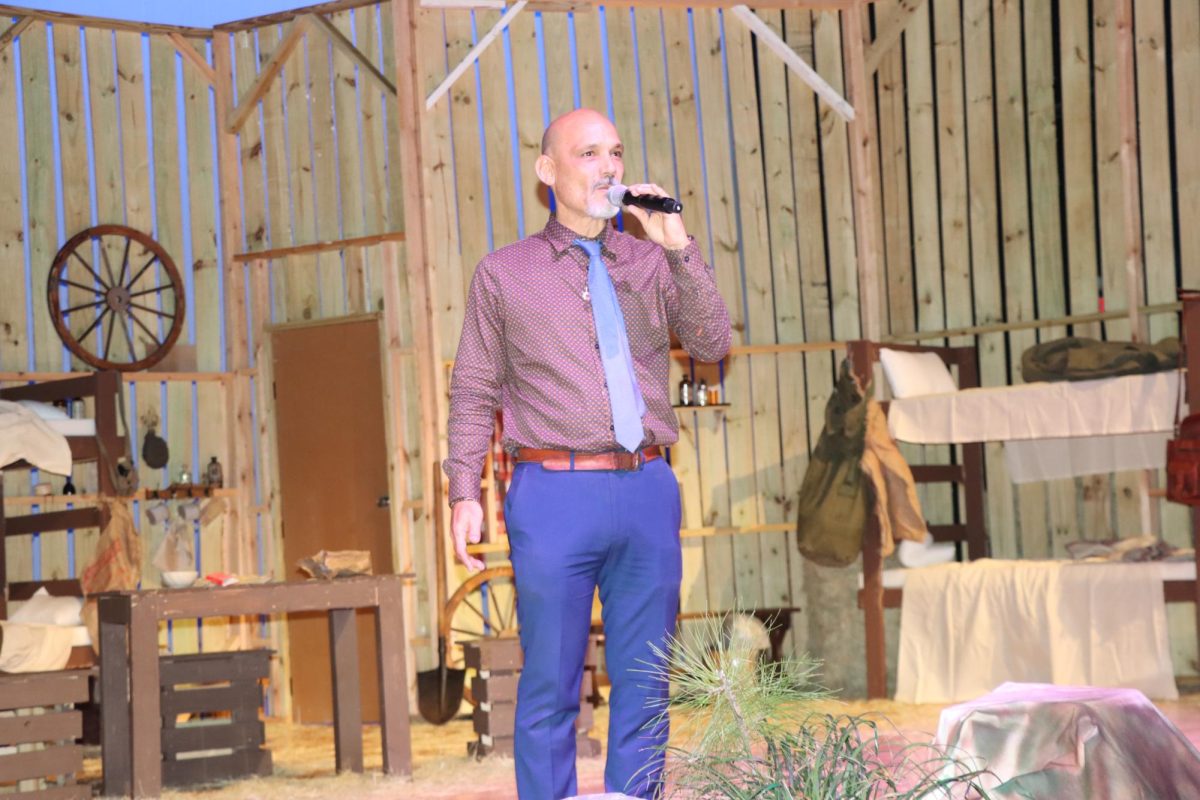Amid the hundreds of bills and legislations passed in Congress each year, the United States House of Representatives bears only one constitutionally mandated duty: to elect a Speaker of the House.
However, dysfunctionality and division in the House prevented representatives from doing so for 21 days, marking the longest standoff in over half a century. While this political turmoil may seem distant, its ramifications extend far beyond the walls of Capitol Hill. This escalating disunity within the House intertwines with a prevailing sentiment among younger generations–a sentiment that perceives politics through a lens of skepticism and disillusionment, consequently amplifying polarization between opposing sides.
This disunity and rampant dysfunction are not merely recent occurrences. In January, former Speaker of the House Kevin McCarthy was elected to his aforementioned position after 15 ballots. This long-standing division worsened when, months later, on Oct. 3, McCarthy was ousted from his position by Rep. Matt Gaetz due to his work with Democrats in order to avert a looming government shutdown. With the Republican Party (GOP) controlling the majority of the House, selecting McCarthy’s successor should have been a straightforward task. However, the opposite was the case.
Scrambling for a speaker, GOP representatives selected three candidates, Steve Scalise, Jim Jordan and Tom Emmer, in a span of 14 days. Scalise withdrew his candidacy due to perceived difficulties to secure the necessary votes; Jordan fell short of the required 217 votes to ascend to the speakership; and Emmer withdrew his candidacy just hours after being nominated, following former President Donald Trump’s post denouncing Emmer and his candidacy on the conservative media platform Truth Social.
“There’s pretty significant divisions between the different factions in the Republican Party,” senior Republican Benjamin Pringle said.
This lack of GOP consolidation left the House in a chaotic limbo period, as without a Speaker, representatives were unable to advance any legislation. While interim Speaker Patrick Henry was able to fill the position temporarily, his presence was solely decorative due to his limited power.
With the House unable to pass essential legislation for weeks, critical issues including the 2024 fiscal budget were left unsolved. As a result, the nation’s government was put on the brink of a shutdown, threatening severe economic repercussions.
“All [Congress] did was waste time which could have been spent brokering a deal,” social science teacher Brandon Burmeister said.
Under this time crunch, the GOP rallied around and successfully voted for far-right candidate Rep. Mike Johnson, ending their intraparty stalemate. As the GOP’s internal discord diminished, policymakers’ focus shifted to bipartisan cooperation in order to pass pressing legislation.
“The Speaker of the House needs to be able to mediate between both sides,” Pringle said. “The main thrust of [Johnson’s] job is to get [bills] passed.”
While Johnson’s mediation between Republican and Democrat House representatives’ contesting agendas is key to a functioning government, future compromise is unlikely to come easily. According to Pew Research Center, the ideological gap between Republican and Democrat representatives is currently wider than at any point in the past 50 years. This political polarization is further exacerbated by Johnson’s far-right agenda.
Burmeister explained that as both parties progressively view each other as stark opposites with opposing ideas, the prospects of bipartisan cooperation and compromise become increasingly challenging. This divisive mindset leads people to label the other side as “bad” or “evil,” furthering the ideological gap between the two parties.
“When you’re supporting this behavior, you’re supporting pure chaos,” Burmeister said. “And if your goal is pure chaos, then your goal is not democratic.”
According to The Brookings Institution, this divergence in political ideologies is partially caused by unreputable information sources, such as social media and politically charged 24-hour news. The implications of this harsh polarization run far and wide, with the most impactful being the impressions set on younger generations.
“If the people that you’re looking at are the exemplars of political behavior [and act] like children, that sends a signal to students that … it’s okay [for politicians] to act like little babies, have these hissy fits, shut the whole thing down and burn down the system,” Burmeister said. “I think that’s the wrong message you want to be sending to kids.”
As America’s political polarization grows stronger each and every day, a permanent solution to this long-standing problem remains elusive.
“Eventually, the fever of this polarized partisanship has to break and people have to come together,” Burmeister said. “But I don’t know if we as a polity have hit rock bottom yet.”
















